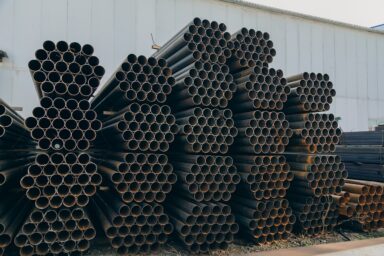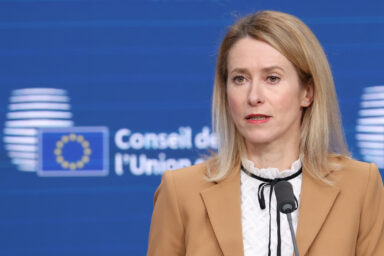The European Commission has activated a customs surveillance system to monitor imports and exports of metal waste and scrap, targeting key materials such as steel, aluminium, and copper. The system took effect on 23 July 2025.
This measure forms part of the Steel and Metal Action Plan (SMAP), adopted in March of this year. SMAP aims to promote increased metal circularity as a pillar of the EU’s climate strategy to reduce net greenhouse gas emissions by 90% by 2040 compared to 1990 levels.
Leakage or lack of demand?
In adopting the action plan, the Commission cited a “scrap leakage” challenge, pointing to growing volumes of metal waste leaving the EU. However, industry sources note that around 80% of Europe’s scrap metal is already processed within the bloc. Some observers argue the problem lies in limits to domestic processing capacity and demand for recycled materials.
The industry publication Recycling Magazine highlighted the position of the European Recycling Industries’ Confederation (EuRIC) in March where the confederation argued that the EU should first focus on stimulating demand for recycled metals in manufacturing before imposing trade restrictions. According to EuRIC, “recycled materials are highly diverse, and for certain grades, there is no demand in Europe now, or in the foreseeable future, simply because the market for these products doesn’t exist.”
More data needed
The surveillance system will gather more detailed data on scrap flows, which the Commission says will support targeted trade measures to secure sufficient supply and prevent scarcity. The Commission also flagged the possible impact of US tariffs on steel and aluminium products, which do not apply to scrap directly, but may affect global raw material prices and, by extension, scrap trade.
The Commission will review of the data and possible next steps by the end of the third quarter of 2025. To further enhance monitoring, the EC said it was working with industry stakeholders to refine scrap classification categories. It will also publish monthly import and export statistics on the Commission’s website to ensure transparency, the executive body said.











